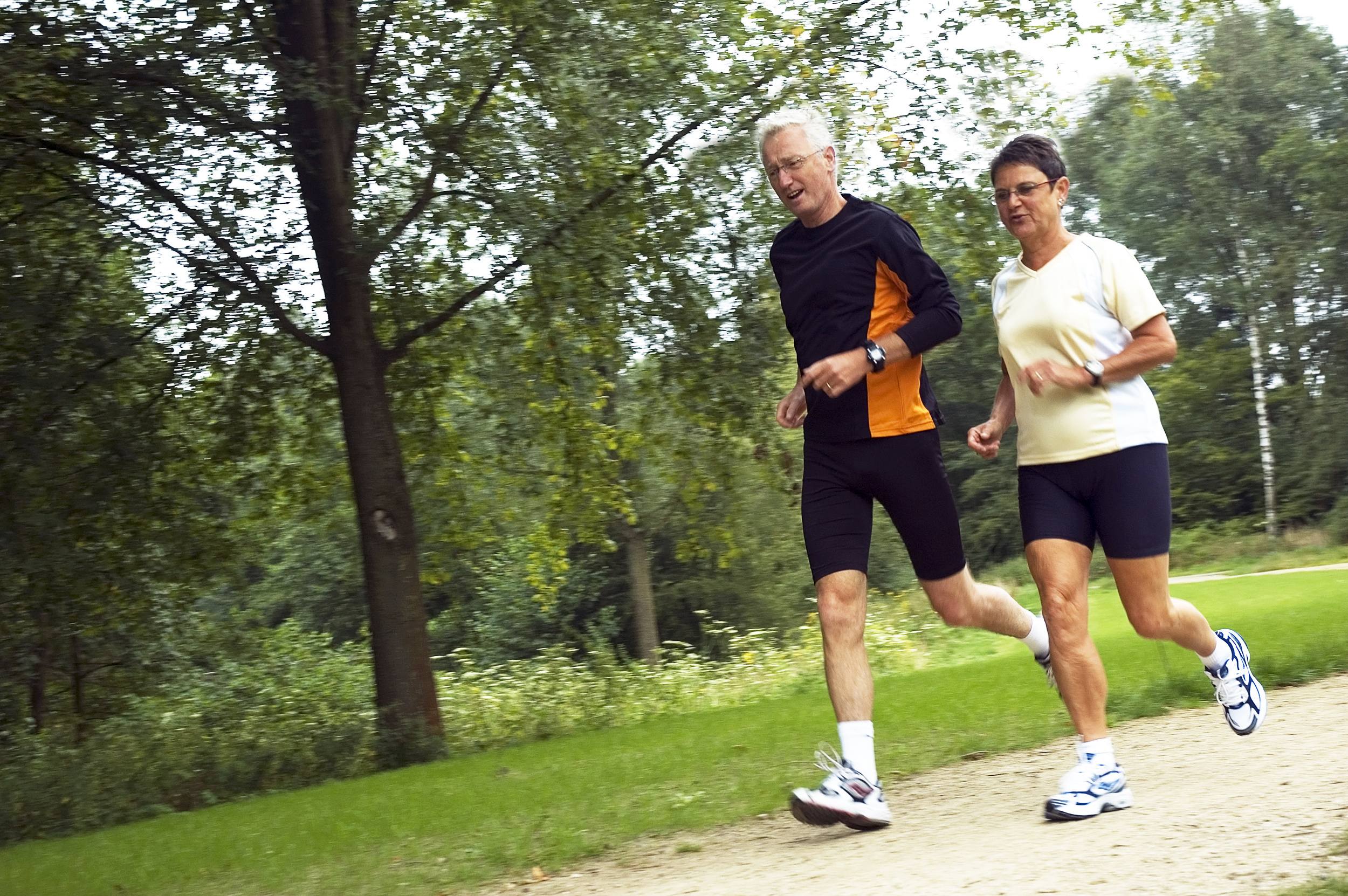by Lesley de Blieck
“If 75 % of people failing to exercise enough across the country did meet recommended levels of walking, £675 million could be saved each year”. RIBA
Section 12 of the Health and Social Care Act 2012 has given local authorities in England responsibility to improve the health and wellbeing of local people. In order to fulfil this new duty, councils need to consider the causes of ill-health and reduced quality of life in their area, and how they can ameliorate these effects. Evidence is required to support the renewed policy focus on the relationship between health and the environment.
Creating healthy places
The Landscape Institute outlines five principles for the creation of ‘healthy places’, suggesting that they:
- Improve air, water and soil quality, incorporating measures that help us adapt to, and where possible mitigate, climate change;
- Help overcome health inequalities and can promote healthy lifestyles;
- Make people feel comfortable and at ease, increasing social interaction and reducing anti-social behaviour, isolation and stress;
- Optimise opportunities for working, learning and development;
- Are restorative, uplifting and healing for both physical and mental health conditions.
Cost of ill-health to local authorities
A lack of a healthy local environment can come at a cost to local authorities, as noted by the Royal Institute of British Architects. They suggest that:
“the healthiest local authorities in our major cities have almost half the housing density and a fifth more green space than the least healthy ones”
What can local government do?
“In the 21st century public health measures, including measures seeking to improve the environment, are likely to be as important in supporting good health as improvements to healthcare” (Greater London Authority)
A report to the House of Commons highlighted the importance of various measures to improve public health at the local authority level. Recently, the Greater London Authority (GLA) published a series of guides for individual London boroughs – ‘Better environment, better health’. These publications aimed to show how positive changes to the environment support better health, and encouraged more collaborative work to reinforce London’s resilience to changes in climate.
Need for green infrastructure
Here at the Knowledge Exchange, we have produced a briefing paper on the importance of green infrastructure to health, planning, and placemaking agendas. This paper highlights a selection of useful resources, guides and toolkits – to request a free copy, please click here.
Articles referred to in this blog (please note you must be a member to view them):
Here is a selection of the resources which the Idox Knowledge Exchange database contains on the link between health and the local environment:
City health check: how design can save lives and money
Planning healthier places: report from the reuniting health with planning project
Better environment, better health: a GLA guide for London’s Boroughs
Public health and landscape: creating healthy places – Landscape Institute position statement
The role of local authorities in health issues: eighth report of session 2012-13
Share
Related Posts
Supporting residents on the decarbonisation journey: leveraging data for effective retrofit projects
As the drive towards decarbonisation intensifies, the social housing sector’s ability to collect, store and manage vast amounts of data becomes increasingly critical. With a shared goal of creating warmer, carbon-free homes, housing associations’ strategic use of data is essential ....
The recent spikes in energy costs have thrown into sharp focus the challenge of heating our homes. Domestic heating is important, not just for our comfort and wellbeing, but to reduce humidity and prevent condensation. But because traditional heating systems ....
By Donna Gardiner While free school meals (FSM) have been available in England on a means-tested basis since 1944, recent years have seen a renewed focus upon the potential benefits of providing free school meals to all school-aged children. Currently, ....
By Ian Babelon A new-old concept for proximity “Are we there yet?” Parents may patiently nod to their children’s insistent nudges on a 20-minute journey to… somewhere. Quite rightly, researchers have asked: twenty minutes to what? The answer may well ....

